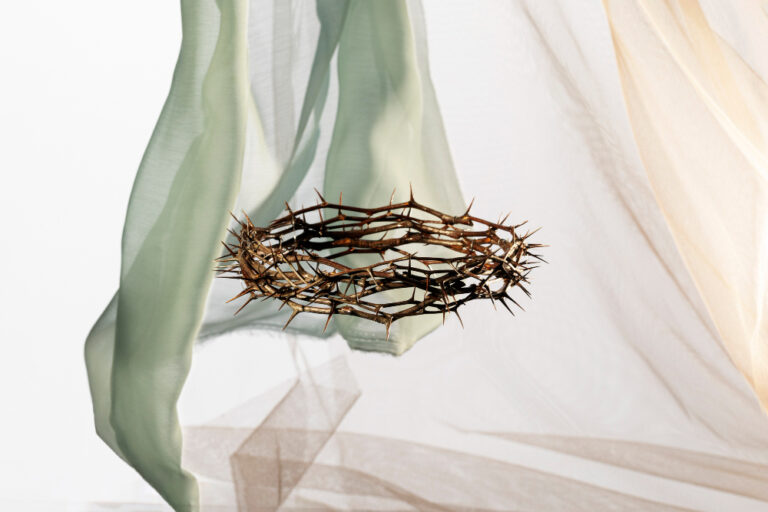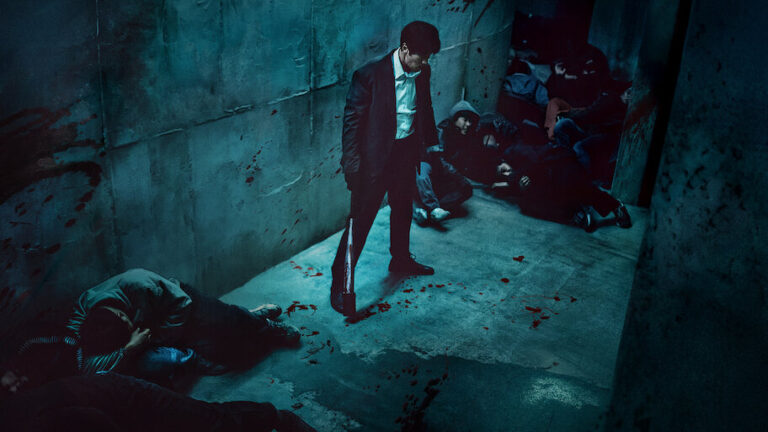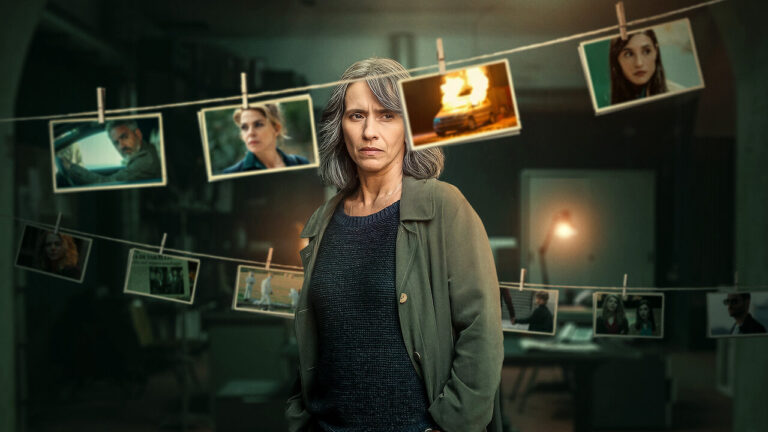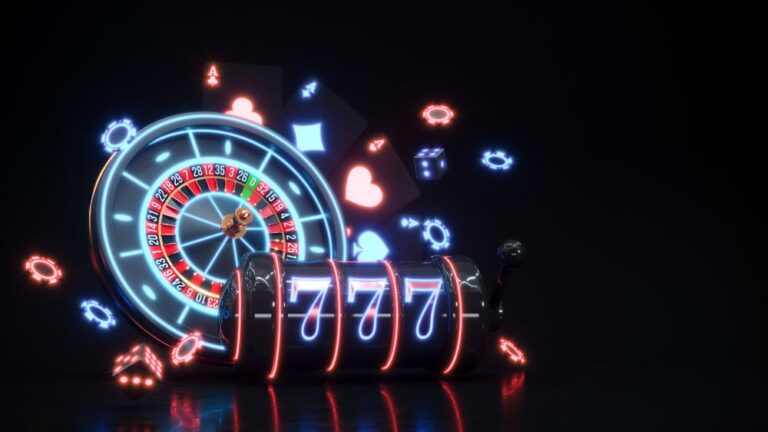Walk into any casino, physical or virtual, and you’re immediately absorbed into a carefully designed environment created for maximum engagement. Bright lights, flashing graphics, rhythmic sounds, and just the right balance of challenge and reward. These aren’t accidents, they’re the result of decades of behavioral design honed to create satisfying experiences. What’s striking is how these same mechanics show up across today’s wider digital culture, from mobile games and social media to e-commerce and fitness apps.
Casino gameplay, in many ways, has become a blueprint for how we interact with technology. Understanding what makes it so appealing can tell us a lot about human psychology, especially our love for quick rewards, strategic decision-making, and the constant pursuit of progress.
Strategy Meets Stimulus
Every casino game is built around a set of rules that gives players just enough control to feel responsible for their outcomes. Games like blackjack or poker add layers of strategy, like split or stay, fold or raise, that require active thinking, not just passive luck. Rather than just decisions, these are intentional moves guided by what’s observed, remembered, and timed perfectly.
Maintaining a sense of control is important, especially when so much is automated, because these moments of choice feel refreshing. The same appeal can be found in user-controlled experiences in apps and games, where choice better engagement. It’s the reason so many apps offer users the ability to build profiles, choose paths, and set preferences.
Many offshore platforms have adopted this approach very well. The offshore casino sites reviewed by Matt Bastock often integrate customizable interfaces, game variations with unique rule sets, and tailored reward systems. These features improve the experience for those who enjoy playing with strategy, while also benefiting from faster access and a broader variety of games. This kind of flexibility also speaks to wider expectations in digital products today. Users want agency, speed, and personalization all rolled into one.
Gamers and users alike are more engaged when they feel like their decisions carry weight. That psychological connection that a well-timed decision can make all the difference carries over from casino floors to our phones and feeds.
Instant Gratification and the Feedback Loop
Slot machines are built around quick, continuous feedback. You press a button, and within seconds, you see the result. Whether it’s a win or not, there’s a quick jolt of energy that keeps the cycle going. The fast pace, paired with constant possibility, is what draws people in and keeps them engaged.
This fast-paced cycle of action and result taps into what psychologists call the “dopamine loop.” Each time we anticipate a reward, our brains light up. It’s the same reason people check their phones dozens of times a day. Notifications, likes, and messages all mimic that same pattern of stimulus and potential reward.
Social media and casual mobile games have adopted this loop wholesale. Notifications, level-ups, or new follower alerts arrive at just the right moment to keep you engaged. The payoff is instant, and it keeps us coming back. What started as a casino strategy has essentially become a universal design principle.
How Unpredictability Keeps Things Engaging
Not every outcome is guaranteed, and that sense of unpredictability plays a big role in what keeps certain experiences interesting. When results vary, and you’re not quite sure what’s coming next, it encourages people to pay closer attention, make choices more deliberately, and stay engaged. This idea shows up across all kinds of digital products. Think of dating apps, surprise elements in games, or limited-time product drops. Each one introduces a bit of variability to keep people curious. The unknown becomes part of the appeal, offering a reason to keep interacting.
What makes this kind of unpredictability work is how it’s designed. Well-built systems treat a missed result not as a loss, but as part of the ongoing experience. There’s always a sense that another opportunity is just around the corner. In product and game design circles, this is sometimes called “benign uncertainty,” a concept where unpredictability adds excitement without creating stress. When it’s done well, it becomes a tool to spark interest, encourage repeat engagement, and make experiences feel more dynamic.
The Importance of Flow and Immersion
The sensory-rich environments of casinos, vivid visuals, rhythmic soundscapes, and tactile feedback create immersive experiences that encourage a state of flow. Players get lost in the moment, driven by design choices that reduce friction and amplify feedback. This mechanic is easy to spot in mainstream games like Honkai: Star Rail, where limited-time banners and quick-turnaround gacha pulls reward players instantly, triggering repeat engagement through fast feedback cycles. The same principles are applied in digital interfaces across industries, from app interfaces to streaming services, where intuitive design guides users toward seamless interaction.
Behavioral Loops in Everyday Tech
Casino-style feedback and reward systems are now embedded in everything from e-commerce to exercise apps. Loyalty points, badges, progress bars, and timed challenges all use similar principles. These tools guide users toward goals, track their achievements, and offer mini-rewards along the way.
Take fitness apps that give users trophies for hitting milestones or food delivery services that show you’re “one order away” from a bonus. These aren’t just gimmicks—they’re behavioral nudges that draw from the same playbook as slot machines and card tables.
What’s changed is where these mechanisms show up. They’re no longer limited to gaming, they’re now integrated into nearly every interface we interact with. Even learning apps and productivity platforms have adopted gamified elements to encourage habit formation and sustained use.
This blend of excitement, reward, and user agency has become the norm, not just in entertainment but across digital interaction more broadly. The influence of casino-style design is everywhere, even if we don’t immediately recognize it.
Why It Works
The psychological foundations behind these trends are well established. Humans like patterns. We like choice. We enjoy making decisions that appear to impact outcomes. We’re especially drawn to rewards that come just out of reach and surprise us when they arrive.
Casino games package all of these dynamics into experiences that feel fast, focused, and fun. It’s no surprise that so many of their underlying mechanics have spilled into everyday tech.
That distinction matters. Casinos demonstrate how to design spaces where people feel comfortable and want to keep coming back. When digital products find that same balance, they go beyond simple entertainment and truly engage their users.










